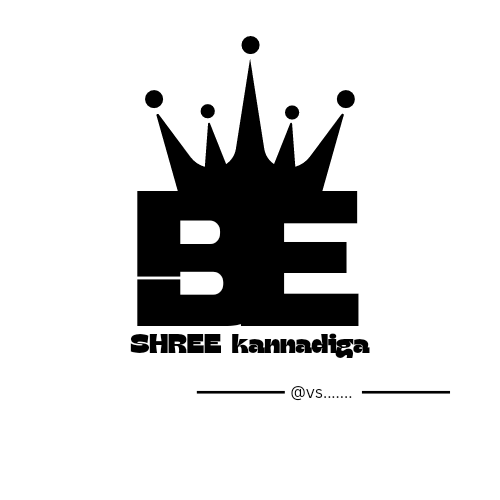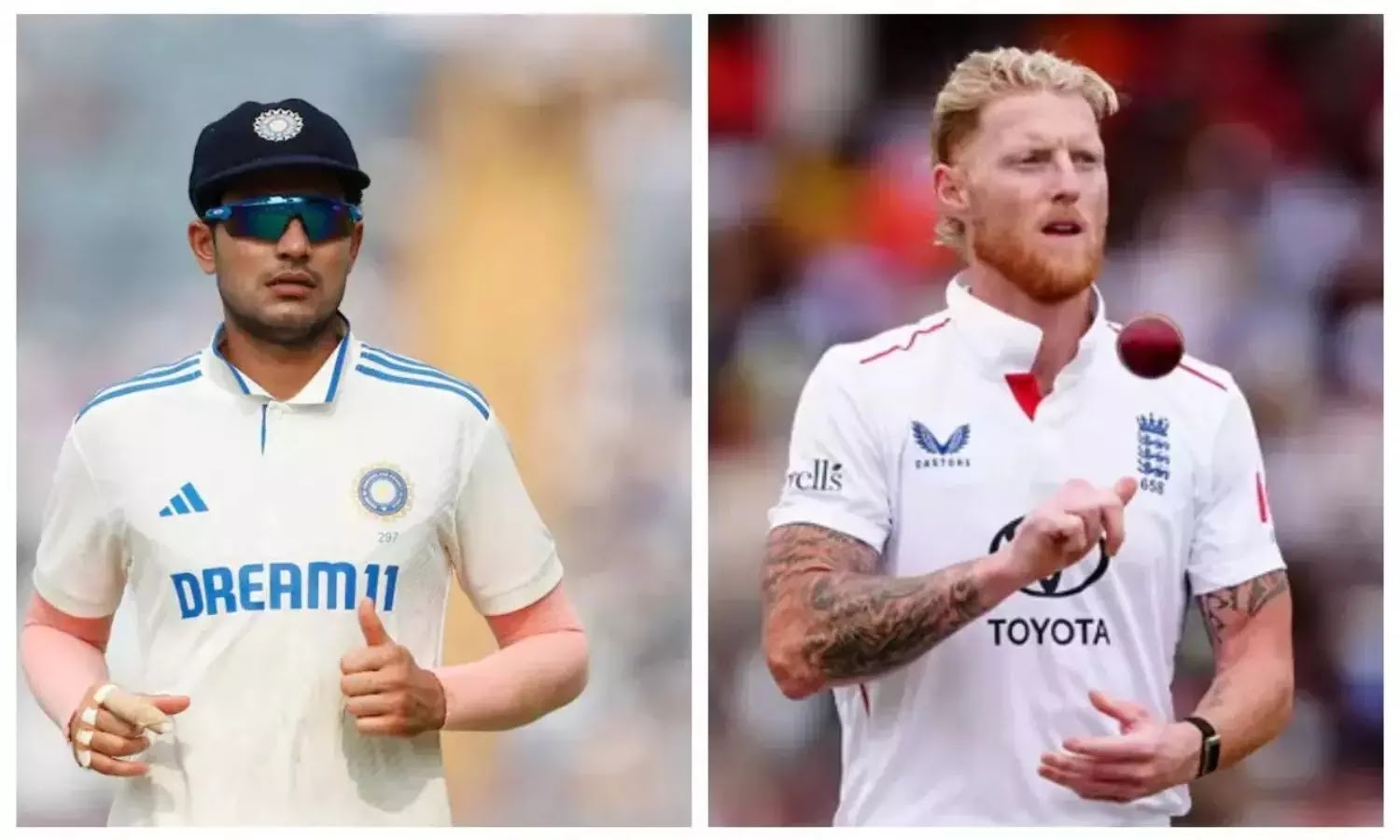well come to my page ,
what is Vishwamitra famous for ?
brahma rishi Vishwamitra is one of the most respected rishis of india . credited as the author of most of mandala 3 of the Rugveeda , including the sacred and all - powerful gayatri mantra , he is revered in the puranas as the first of only 24 rishis who - have understood the actual power of the mantra .
Vishwamitra is one of the most venerated rishis or sages of ancient india . Vishwamitra is one of the seven Brahmarishi. according to Hindu tradition , he is stated to have written most of the mandala 3 of the Rigveda, including the gayatri mantra . the puranas mention that only 24 rishis since antiquity have understood the whole meaning of -and thus wielded the whole power of- the gayatri mantra . Vishwamitra is supposed to have been the first , and Yajnavalkya the last .
before renouncing his kingdom and royal status , Brahmarishi Vishwamitra was a king , and thus he retained the title of Rajarshi , or royal sage .
who is the wife of Vishwamitra ?
Vishwamitra had two wives , Menaka and Ruchika , though he is most famously known for his relationship with the celestial apsara , Manaka . Menaka is the mother of Shakuntala , a heroine in classical literature, and the story of her seduction of the sage is a well - known episode in Hindu texts. Ruchika is his wife who bore him his children with his other wife , who is not mentioned in the search results.
did Vishwamitra eat dog meat ?
yes , according to stories from texts like the Mahabharata , Vishwamitra ate dog meat to several famine . he was starving and , finding no other food , decided to steal and eat a piece of dog meat from a chandala s hut ,believing that saving ones life was permissible in a time of extreme duress . the story highlight a conflict between his dharma as a brahmin and the need to survive.
textual background
historically , Vishwamitra Gathika was a Rigvedic rishi who was the chief author of mandala 3 of the Rigveda . Vishwamitra was taught by Jamadagni Bhargava . he was the purohit of the Bharata tribal king Sudas , unit he was purohit of the Bharata tribal king Sudas , unit he was replaced by Vasistha . he aided the Bharatas in crossing the Vipasha and suture rivers . in later Hindu texts , Vishwamitra and Vasishta have a long - standing feud , and scholars have stated they historically had a feud regarding the position f the Bharata purohit . however , this view has been criticized due to lack of internal evidence and the projection of later views onto the Rigveda . in post - Rigvedic literature Vishwamitra becomes a mythical sage .
what is the caste of Vishwamitra ?
Vishwamitra s caste was not a rigid , single category , but rather he was born a Su -kshatriya before becoming a Brahmarishi. his original name was Vishwamitra and he was also called Kaushik because he was a part of the kusha bloodline . his later transformation from a king to a central theme in his story .
who are the top 7brahmin castes ?
the seven major gotras take the names of the saints whose lineages they represent : Vishwamitra , Upreti, jamadagni , Gautama , Atri, Vasishta and kashyapa. over time however , as the brahmin caste expanded , several more brahmin gotras appeared .
which caste is pure brahmin ?
the term pure brahmin caste is a modern misnomer because the brahmin caste is not monolithic and has never been considered pure in a simplistic way . instead, the brahmin caste is traditionally the highest Varma in the Hindu caste system , with members historically holding roles as spiritual knowledge and scholars . the concept of their ritual purity is based on their supposed spiritual knowledge and function , but this has been challenged and complicated throughout history , even within the caste itself .
are hegade brahmin ?
no , not all people with the surname are brahmins ; the surname is used by people from various communities , including havyaka brahmins , saraswat brahmin , vokkaligas, bunts , and jains . while havyaka brahmines are a prominent group that uses the hegade surname , many other communities also use it .
about
children : sushruta , maduchhanda
parents : gadhi
born:kaushika
notable work : gayatri mantra
title : brahma rishi, rajarshi,saptarsi.
his story also appears in various puranas ; howerver , with variations from ramayana . vishnu purana and harimsha chapter 27 of mahabharata narrates the birth of vishvamitra . according to vishnu purana .kushanabha married a damsel of purukutsa dynasty and had a son by name gaadhi, who had a daughter named satyavati .





















.jpg)







.jpg)



